 In stark contrast to his role in The Holy Circle, Terence Hannum's Brutalism project clearlydraws from noise and black metal, but the end product is distinctly different. The fact that the name is referencing his interest in Brutalist architecture and not the violence associated with various metal genres makes it clear that he is not aping genre clichés but instead using some of those signifiers to create something entirely fresh with The Charged Void.
In stark contrast to his role in The Holy Circle, Terence Hannum's Brutalism project clearlydraws from noise and black metal, but the end product is distinctly different. The fact that the name is referencing his interest in Brutalist architecture and not the violence associated with various metal genres makes it clear that he is not aping genre clichés but instead using some of those signifiers to create something entirely fresh with The Charged Void.
Two new shows just for you. We have squeezed out two extended release episodes for this weekend to get you through this week. They contain mostly new songs but there's also new issues from the vaults. The first show features music from Rider/Horse, Mint Field, Robert Aiki Aubrey Lowe, Anastasia Coope, ISAN, Stone Music, La Securite, Bark Psychosis, Jon Rose, Master Wilburn Burchette, Umberto, Wand, Tim Koh, Sun An, and Memory Drawings. The second episode has music by Laibach, Melt-Banana, Chuck Johnson, X, K. Yoshimatsu, Dorothy Carter, Pavel Milyakov, Violence Gratuite, Mark Templeton, Dummy, Endon, body / negative, Midwife, Alberto Boccardi, Divine. Cow in Maui from Veronika in Vienna. Get involved: subscribe, review, rate, share with your friends, send images! |



 On their most recent release, it would seem that The Holy Circle—Erica Burgner-Hannum (vocals, synths), Terence Hannum (also in Locrian, synths), and new member Rob Savillo (guitar) taking the place of drummer Nathan Jurgenson—are refining their sound into something more unique. The gauzy, lush synth production and vocals are still prominent, with a sound rooted in the traditions of early dark synth pop, but Sick With Love sees the band drawing from a wider variety of influences, making for their most accomplished work to date.
On their most recent release, it would seem that The Holy Circle—Erica Burgner-Hannum (vocals, synths), Terence Hannum (also in Locrian, synths), and new member Rob Savillo (guitar) taking the place of drummer Nathan Jurgenson—are refining their sound into something more unique. The gauzy, lush synth production and vocals are still prominent, with a sound rooted in the traditions of early dark synth pop, but Sick With Love sees the band drawing from a wider variety of influences, making for their most accomplished work to date. This latest album was composed and recorded in "impersonal hotel rooms in foreign cities" as Atkinson ambitiously toured the world while pregnant, making plenty of field recordings in far-flung locales like Tasmania and the Mojave Desert along the way. I am not surprised that those conditions were particularly amenable for her hushed, dreamlike, and ASMR-inspired vocal work, but I did not expect the underlying music to be quite as fleshed-out and hauntingly lovely as this. While Atkinson cites both Japanese flower arrangement and childhood memories of French impressionist composers as significant influences, her elegantly fragmented and floating reveries are uniquely and distinctively her own. I do wonder if the Ikebana influence was the final missing puzzle piece for Atkinson's artistic vision though, as The Flower And The Vessel strikes me as her strongest release to date. Her aesthetic has not changed all that much (nor would I want it to), but her intuitions for focus, clarity, and balance have definitely become stronger and more unerring.
This latest album was composed and recorded in "impersonal hotel rooms in foreign cities" as Atkinson ambitiously toured the world while pregnant, making plenty of field recordings in far-flung locales like Tasmania and the Mojave Desert along the way. I am not surprised that those conditions were particularly amenable for her hushed, dreamlike, and ASMR-inspired vocal work, but I did not expect the underlying music to be quite as fleshed-out and hauntingly lovely as this. While Atkinson cites both Japanese flower arrangement and childhood memories of French impressionist composers as significant influences, her elegantly fragmented and floating reveries are uniquely and distinctively her own. I do wonder if the Ikebana influence was the final missing puzzle piece for Atkinson's artistic vision though, as The Flower And The Vessel strikes me as her strongest release to date. Her aesthetic has not changed all that much (nor would I want it to), but her intuitions for focus, clarity, and balance have definitely become stronger and more unerring.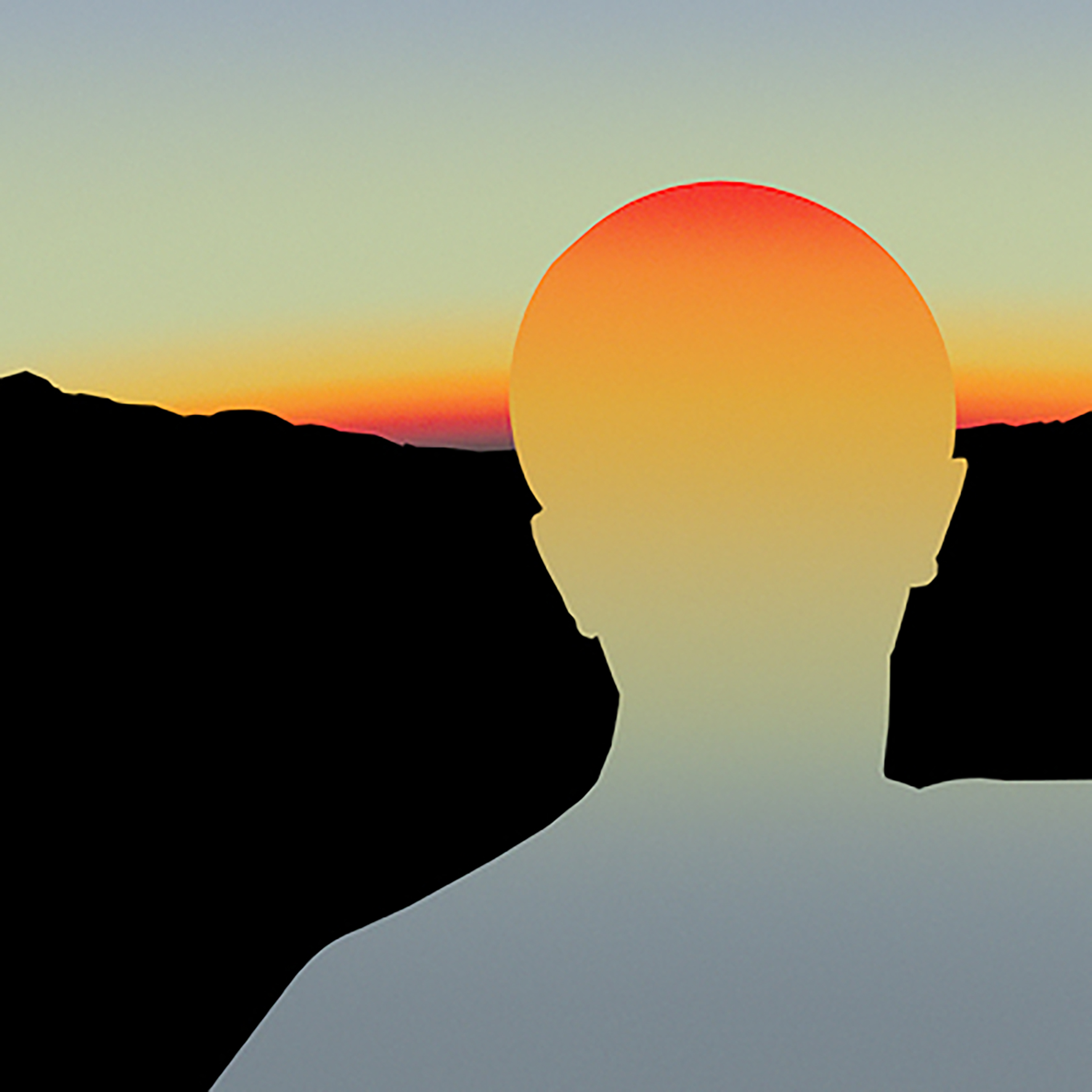 Much like Brian Pyle’s Ensemble Economique project, Matt Hill’s Umberto guise often falls into a stylistic territory that I have a hard time connecting with. In Umberto's case, that territory is a sort of "retro soundtrack" vision informed by both '80s horror films and spaced-out '70s synth music. Both artists are equally capable of flooring me though and this latest release happily falls into the latter category at several points, as Hill took a more song-based and live instrumentation-driven approach this time around. Admittedly, the resultant stylistic transformation was exactly not an extreme one (or a consistent one), but it is sometimes just enough to push Helpless Spectator out of the Goblin/John Carpenter realm and into something closer to a killer space rock band wielding unconventional instrumentation. That is an extremely cool niche when it works, yet this album shines most brilliantly on the shadowy, synth-driven psychedelia of "Leafless Tree," which is an absolute goddamn masterpiece.
Much like Brian Pyle’s Ensemble Economique project, Matt Hill’s Umberto guise often falls into a stylistic territory that I have a hard time connecting with. In Umberto's case, that territory is a sort of "retro soundtrack" vision informed by both '80s horror films and spaced-out '70s synth music. Both artists are equally capable of flooring me though and this latest release happily falls into the latter category at several points, as Hill took a more song-based and live instrumentation-driven approach this time around. Admittedly, the resultant stylistic transformation was exactly not an extreme one (or a consistent one), but it is sometimes just enough to push Helpless Spectator out of the Goblin/John Carpenter realm and into something closer to a killer space rock band wielding unconventional instrumentation. That is an extremely cool niche when it works, yet this album shines most brilliantly on the shadowy, synth-driven psychedelia of "Leafless Tree," which is an absolute goddamn masterpiece.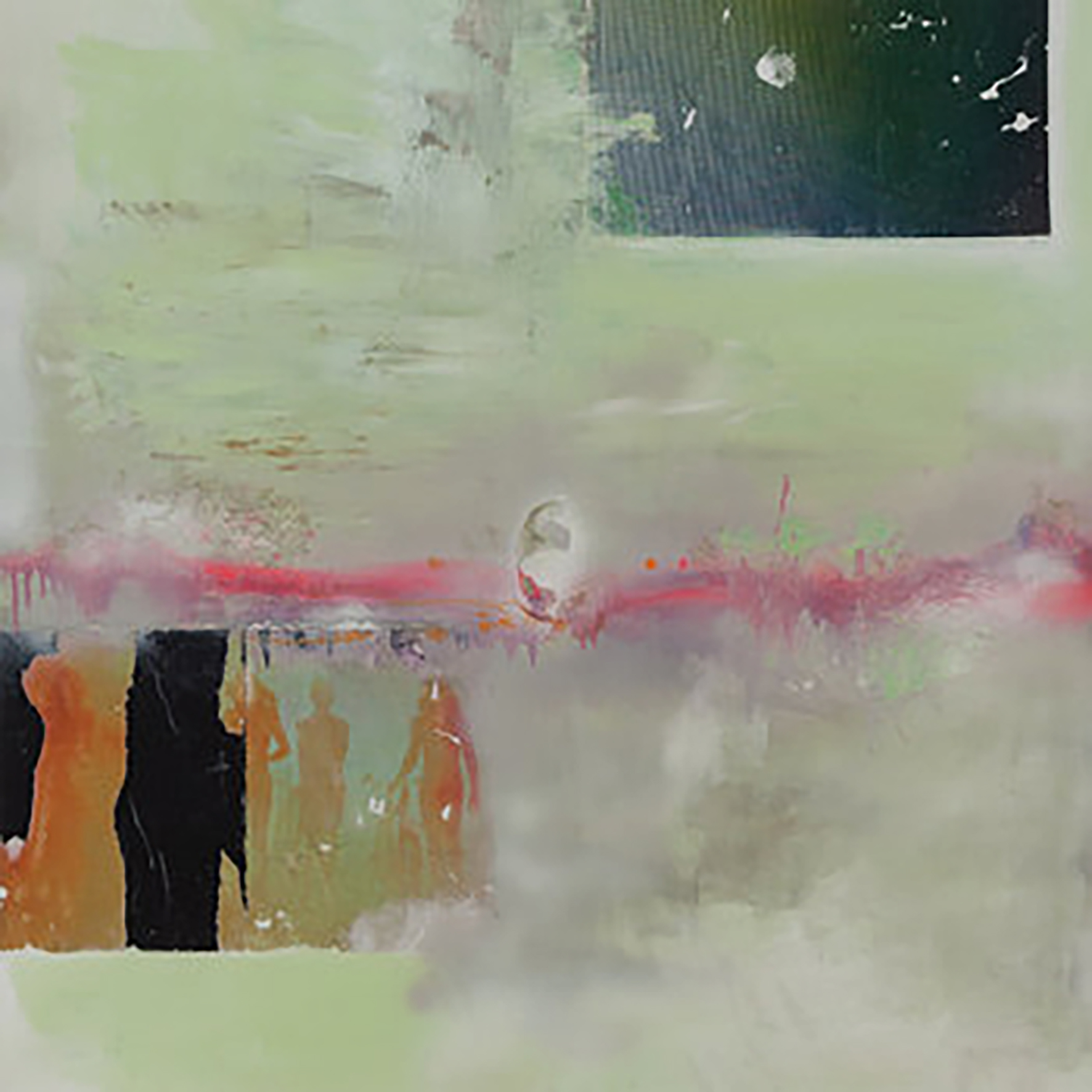 I definitely did not expect any more Black to Comm releases this year (or even next year), as composing and mixing the massive and wildly ambitious Seven Horses for Seven Kings likely kept Marc Richter very busy for a very long time. I woefully underestimated the volume of material birthed from that transcendent bout of inspiration though, as another album is already here and it is another great one. While the two albums originate from the same sessions, Before After is billed as a deliberately composed companion album rather than a collection of orphaned tracks. To my ears, however, it actually sounds like both (in a good way): given the exacting sequencing and arc of Seven Horses, it would make sense if a lot of great songs did not quite fit that particular vision. Most of these eclectic, stand-alone pieces are certainly strong enough to have made the cut for Seven Horses, but I am glad they ultimately wound up on Before After instead, as this album is closer to my preferred aesthetic of playfully experimental and hallucinatory collage.
I definitely did not expect any more Black to Comm releases this year (or even next year), as composing and mixing the massive and wildly ambitious Seven Horses for Seven Kings likely kept Marc Richter very busy for a very long time. I woefully underestimated the volume of material birthed from that transcendent bout of inspiration though, as another album is already here and it is another great one. While the two albums originate from the same sessions, Before After is billed as a deliberately composed companion album rather than a collection of orphaned tracks. To my ears, however, it actually sounds like both (in a good way): given the exacting sequencing and arc of Seven Horses, it would make sense if a lot of great songs did not quite fit that particular vision. Most of these eclectic, stand-alone pieces are certainly strong enough to have made the cut for Seven Horses, but I am glad they ultimately wound up on Before After instead, as this album is closer to my preferred aesthetic of playfully experimental and hallucinatory collage. I first encountered Joseph Allred on a massive compilation of American Primitive guitarists that I believe surfaced on the Dying For Bad Music blog sometime last year, but my ears must not have been working that week, as the experience did not leave a strong impression. In my defense, my ears were likely hopelessly numbed by the sheer volume of relatively similar (and often wonderful) artists who have worked in that vein over the years. John Fahey cast a long shadow and inspired a lot of dazzling instrumental performances, but the best compliment one can pay such an iconoclast is to use the American Primitive style as a mere starting point for a distinctive new vision. And if there is one thing Joseph Allred has (besides virtuosity), it is definitely vision, as O Meadowlark is an impressionistic suite of songs that abstractly chronicles the travails and ultimate transfiguration of Allred's alter-ego Poor Faulkner. Of course, there is a long tradition of storytelling among steel-string guitarists, as it adds some welcome depth and color to what could otherwise just be a mere display of instrumental prowess. To his credit, Allred is on an entirely different level in that regard, as his stories are singularly strange and unique ones and he channels them vividly. This is a fascinating release.
I first encountered Joseph Allred on a massive compilation of American Primitive guitarists that I believe surfaced on the Dying For Bad Music blog sometime last year, but my ears must not have been working that week, as the experience did not leave a strong impression. In my defense, my ears were likely hopelessly numbed by the sheer volume of relatively similar (and often wonderful) artists who have worked in that vein over the years. John Fahey cast a long shadow and inspired a lot of dazzling instrumental performances, but the best compliment one can pay such an iconoclast is to use the American Primitive style as a mere starting point for a distinctive new vision. And if there is one thing Joseph Allred has (besides virtuosity), it is definitely vision, as O Meadowlark is an impressionistic suite of songs that abstractly chronicles the travails and ultimate transfiguration of Allred's alter-ego Poor Faulkner. Of course, there is a long tradition of storytelling among steel-string guitarists, as it adds some welcome depth and color to what could otherwise just be a mere display of instrumental prowess. To his credit, Allred is on an entirely different level in that regard, as his stories are singularly strange and unique ones and he channels them vividly. This is a fascinating release.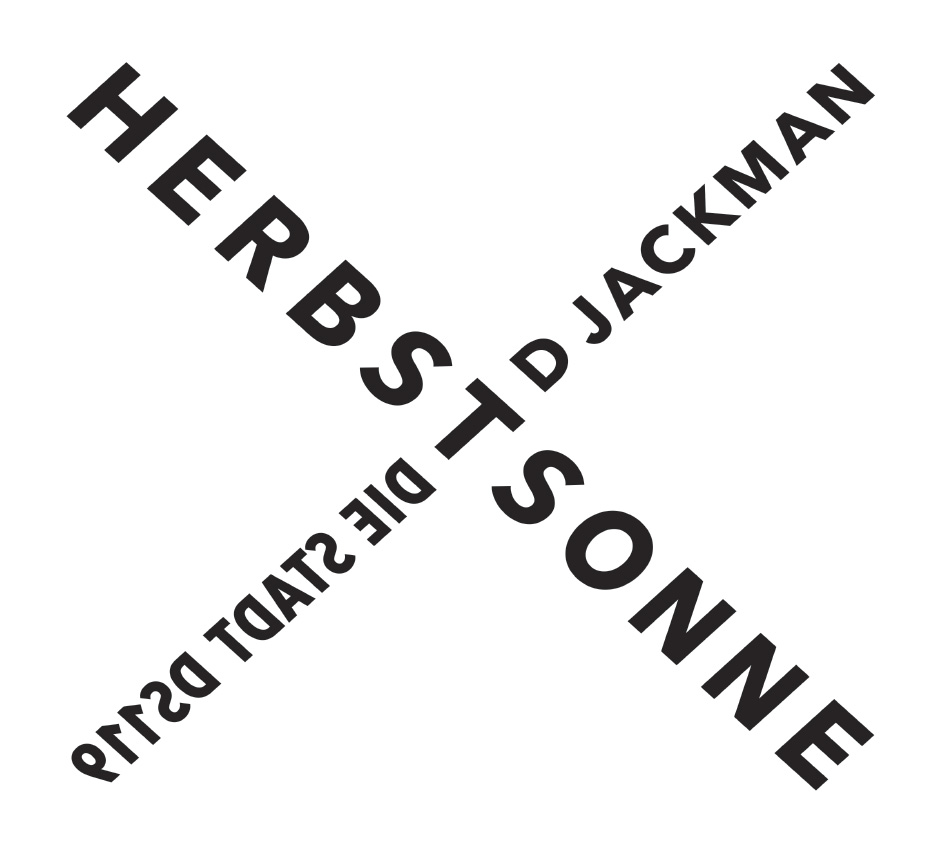 Always enigmatic, the latest work from David Jackman is a single 47 minute piece that, for some reason, has been issued under his own name rather than Organum. I have never been clear as to what determines the name that will go on the record, and this is the first Jackman release since a split 7" (with Organum) in 2005. Additionally, the overall feel of the piece is distinct, but not far removed from the Amen/Sanctus/Omega trilogy from 2006-2007. Deliberately minimalist in arrangement, but with an unquestionable dedication to the finest detail of sounds, it is another work of fascinating beauty by the legendary artist.
Always enigmatic, the latest work from David Jackman is a single 47 minute piece that, for some reason, has been issued under his own name rather than Organum. I have never been clear as to what determines the name that will go on the record, and this is the first Jackman release since a split 7" (with Organum) in 2005. Additionally, the overall feel of the piece is distinct, but not far removed from the Amen/Sanctus/Omega trilogy from 2006-2007. Deliberately minimalist in arrangement, but with an unquestionable dedication to the finest detail of sounds, it is another work of fascinating beauty by the legendary artist.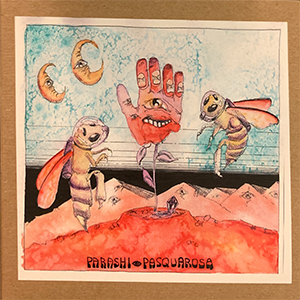 The town of Clifton Park, New York, does not have anything resembling an experimental music scene, other than the basement studio of Mike Griffin. Under the Parashi name, he has been building up an impressive catalog of releases running the gamut from ambient spaciousness to pummeling distortion. These two collaborative releases make it clear how well his personal brand of electronic mangling works alongside another artist as well, and with a contrast from Anthony Pasquarosa's largely guitar-focused work and the darker electronics of Noise Nomads, showcases his versatility.
The town of Clifton Park, New York, does not have anything resembling an experimental music scene, other than the basement studio of Mike Griffin. Under the Parashi name, he has been building up an impressive catalog of releases running the gamut from ambient spaciousness to pummeling distortion. These two collaborative releases make it clear how well his personal brand of electronic mangling works alongside another artist as well, and with a contrast from Anthony Pasquarosa's largely guitar-focused work and the darker electronics of Noise Nomads, showcases his versatility.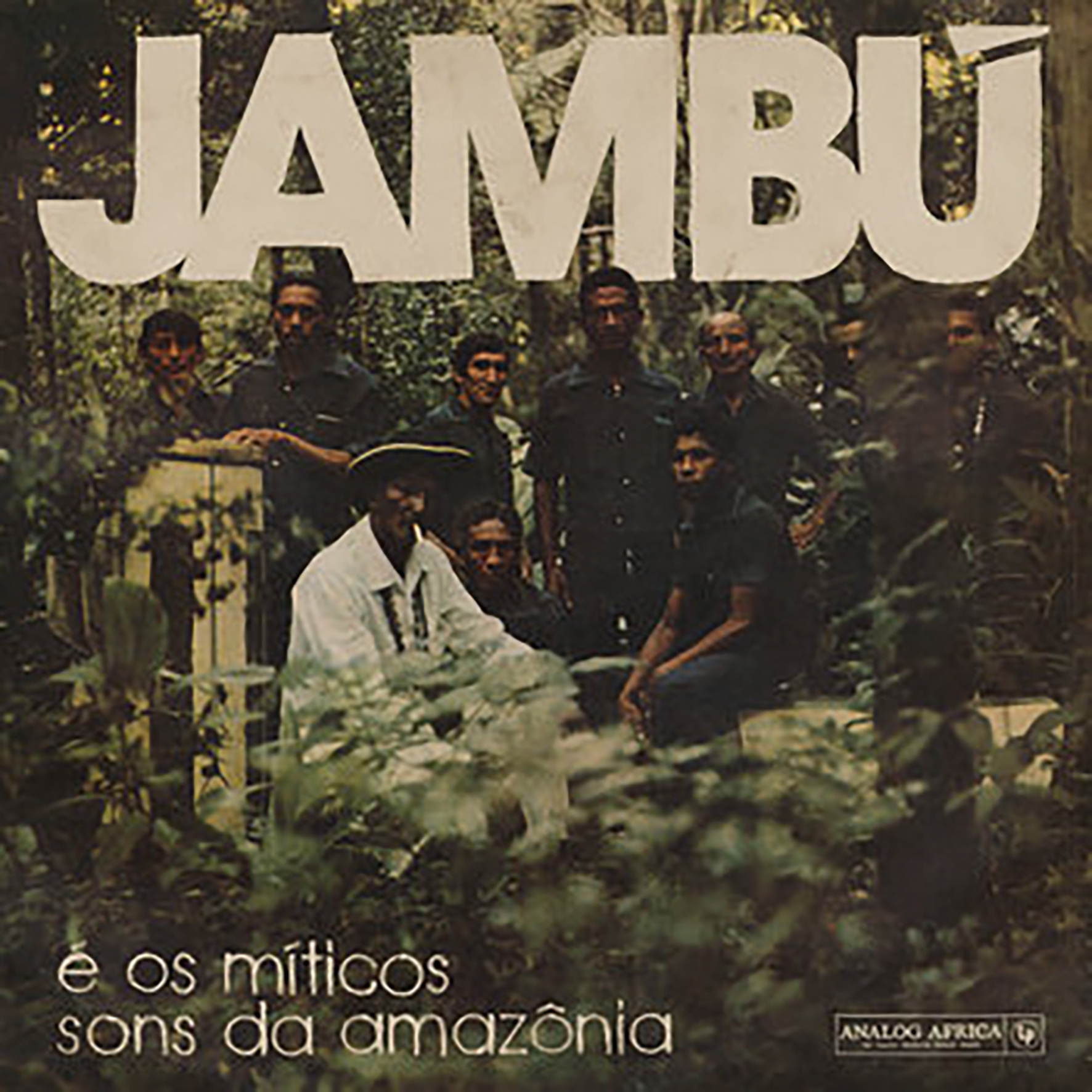 This latest collection from Analog Africa is another detour of sorts, as curators Samy Ben Redjeb and Carlo Xavier headed to Brazil for a very deep dive into the underheard musical treasures of Belém. The genres covered (Carimbó, Samba-De-Cacete, Siriá, Bois-Bumbás and bambiá) were all entirely new to me, but I felt better when I learned that they were all fairly new to Redjeb as well. Characteristically, however, he was drawn to the Amazon-bordering coastal city due to its unique collision of cultures and therein lies the African connection: Belém was a crucial port for the sugar, coffee, and rubber trades, which resulted in plenty of West African slaves being sent to the region. Those that managed to escape often fled to outlaw settlements called quilombos where African religions and cultural traditions established a tenacious foothold (including those of Redjeb's beloved Benin). Naturally, those cultures evolved into something unique over the years and the best pieces on Jambú capture quite a wonderful marriage of relentlessly propulsive Brazilian grooves and African rhythms (though the latter is not quite as prominent as I would have expected).
This latest collection from Analog Africa is another detour of sorts, as curators Samy Ben Redjeb and Carlo Xavier headed to Brazil for a very deep dive into the underheard musical treasures of Belém. The genres covered (Carimbó, Samba-De-Cacete, Siriá, Bois-Bumbás and bambiá) were all entirely new to me, but I felt better when I learned that they were all fairly new to Redjeb as well. Characteristically, however, he was drawn to the Amazon-bordering coastal city due to its unique collision of cultures and therein lies the African connection: Belém was a crucial port for the sugar, coffee, and rubber trades, which resulted in plenty of West African slaves being sent to the region. Those that managed to escape often fled to outlaw settlements called quilombos where African religions and cultural traditions established a tenacious foothold (including those of Redjeb's beloved Benin). Naturally, those cultures evolved into something unique over the years and the best pieces on Jambú capture quite a wonderful marriage of relentlessly propulsive Brazilian grooves and African rhythms (though the latter is not quite as prominent as I would have expected). As befits the curious and unpredictable arc of His Name is Alive, this first installment of a planned trilogy of Warren Defever's adolescent/teenage tape experiments is a truly wonderful and bewildering revelation. Defever must have been one hell of a precocious 10-year-old back in 1979, as his formula of combining field recordings, copious reverb, and samples of records played at the wrong speeds would have easily been strong enough to build an entire career on–I daresay it was a positively Basinski-esque flash of inspiration. Instead, however, Defever opted to move onto more song-based work and this side of his artistry was relegated to some dusty, long-forgotten boxes, which I suppose worked out quite well too. These lovely, haunted sounding soundscapes would have made quite a huge impression if they had been released during the band's 4AD heyday though: the liner notes amusingly suggest that Defever accidentally invented shoegaze while trying to make new age music. Fortunately, these elegantly blurred miniatures still sound absolutely wonderful today, even if the window has passed in which Defever might have been hailed as one of the most important and influential voices in ambient music (or as a proto-Slowdive shoegaze savant).
As befits the curious and unpredictable arc of His Name is Alive, this first installment of a planned trilogy of Warren Defever's adolescent/teenage tape experiments is a truly wonderful and bewildering revelation. Defever must have been one hell of a precocious 10-year-old back in 1979, as his formula of combining field recordings, copious reverb, and samples of records played at the wrong speeds would have easily been strong enough to build an entire career on–I daresay it was a positively Basinski-esque flash of inspiration. Instead, however, Defever opted to move onto more song-based work and this side of his artistry was relegated to some dusty, long-forgotten boxes, which I suppose worked out quite well too. These lovely, haunted sounding soundscapes would have made quite a huge impression if they had been released during the band's 4AD heyday though: the liner notes amusingly suggest that Defever accidentally invented shoegaze while trying to make new age music. Fortunately, these elegantly blurred miniatures still sound absolutely wonderful today, even if the window has passed in which Defever might have been hailed as one of the most important and influential voices in ambient music (or as a proto-Slowdive shoegaze savant).
